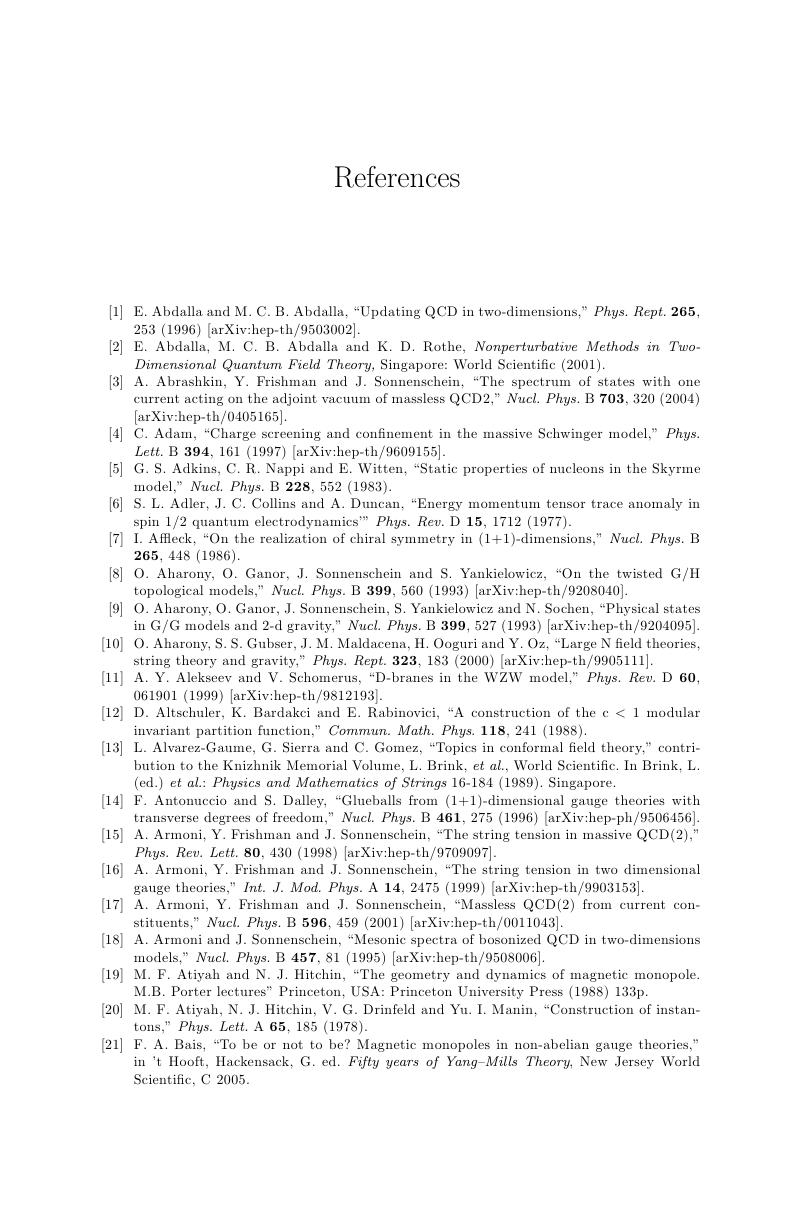References
Published online by Cambridge University Press: 07 September 2010
Summary

Information
- Type
- Chapter
- Information
- Non-Perturbative Field TheoryFrom Two Dimensional Conformal Field Theory to QCD in Four Dimensions, pp. 423 - 432Publisher: Cambridge University PressPrint publication year: 2010
